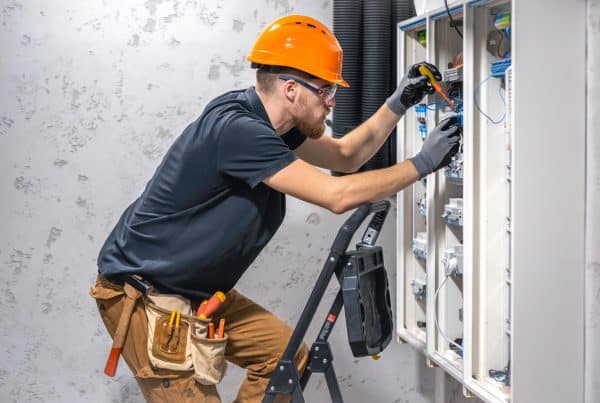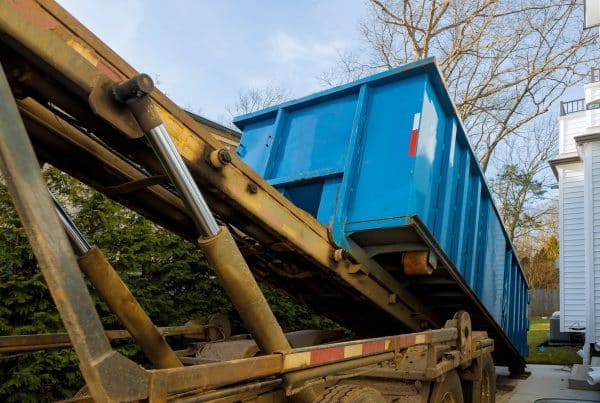Lawn edging serves as the metaphorical fence separating a well-maintained lawn from an unkempt one. This article examines the critical aspects of lawn edging safety that must be considered to ensure a secure and hazard-free environment.
By exploring various types of materials used for lawn edging, identifying potential hazards and safety risks, discussing essential safety equipment and tools, as well as proper installation techniques and maintenance tips, readers will gain valuable insights into safeguarding their lawns while enhancing their overall aesthetic appeal.
Key Takeaways
– Different lawn edging materials offer different advantages and considerations, such as durability, ease of installation, and aesthetic appeal.
– When working with lawn edging, it is important to use appropriate safety equipment and tools, such as protective eyewear, gloves, ear protection, and sturdy footwear.
– Proper installation techniques for lawn edging include measuring and marking boundaries, preparing the soil, digging a trench, and securely placing the chosen edging material.
– Regular maintenance and inspections of lawn edging, such as cleaning, inspecting for wear, and ensuring proper securing, are crucial for safety and longevity.
Types of Lawn Edging Materials
Various types of materials can be used for lawn edging, each offering different advantages and considerations. One common option is metal edging, which provides durability and a sleek appearance. Metal edging such as steel edging or aluminium edging are resistant to rot, insects, and weathering. Another popular choice is plastic edging, which is lightweight, easy to install, and cost-effective.
Plastic edging may not be as durable as metal options but can still effectively define the edges of the lawn. Additionally, there are natural materials such as wood or stone that can create a more organic look. It’s important to consider factors such as maintenance requirements, flexibility in design choices, and budget when selecting the most suitable type of lawn edging material.
Transitioning into the subsequent section on potential hazards and safety risks… While choosing the right material for lawn edging is essential for aesthetics and functionality, it’s equally crucial to be aware of potential hazards and safety risks associated with these materials.
Potential Hazards and Safety Risks
Potential hazards and safety risks related to lawn edging should be carefully assessed. Although lawn edging may seem like a simple task, there are several potential dangers that need to be considered. Firstly, the use of sharp tools such as edging shears or spades can pose a risk of cuts or puncture wounds if not handled properly. Additionally, when working with power tools for larger-scale projects, there is a risk of electrical shock or injury from moving parts.
Another hazard is the presence of underground utilities such as gas lines or irrigation systems that could be damaged during the process. Furthermore, uneven ground surfaces and unstable footing can lead to slips, trips, and falls while performing lawn edging tasks. Given these risks, it is crucial to ensure that appropriate safety equipment and tools are used to mitigate potential accidents and injuries during the process.
Essential Safety Equipment and Tools
Appropriate safety equipment and tools play a crucial role in mitigating accidents and injuries during the process of lawn edging. To ensure a safe working environment, it is important to have the following items:
1. Protective eyewear: Shielding the eyes from debris, dust, or any flying objects is essential for avoiding eye injuries.
2. Gloves: Wearing gloves provides hand protection against sharp edges, potential cuts, or contact with harmful substances.
3. Ear protection: Using earplugs or earmuffs safeguards against excessive noise exposure, reducing the risk of hearing damage.
4. Footwear: Sturdy closed-toe shoes with good traction offer stability and prevent foot injuries caused by slips, falls, or contact with sharp objects.
Proper Installation Techniques for Lawn Edging
One effective technique for the proper installation of lawn edging involves carefully measuring and marking the desired boundaries before proceeding with the actual installation process. This step is crucial to ensure that the edging is installed in the correct position and alignment. It also helps prevent any potential damage to existing structures or utilities beneath the ground.
Once the boundaries are marked, it is recommended to prepare the soil by removing any grass, weeds, or debris from the area. Afterward, a shallow trench can be dug along the marked line to accommodate the edging material. The chosen type of edging can then be placed in the trench and secured according to manufacturer instructions. By following these installation techniques, individuals can achieve a properly installed lawn edging system that enhances both aesthetic appeal and safety.
Transition: In addition to proper installation techniques, maintenance and inspection tips for safe edging should also be taken into consideration.
Maintenance and Inspection Tips for Safe Edging
To ensure the safety and longevity of edging, regular maintenance and inspections are essential. Proper maintenance practices can help identify any potential issues with the edging and address them promptly, preventing accidents or damage to the surrounding area. Here are some key tips for maintaining and inspecting lawn edging:
1. Clean the edging regularly to remove any debris or dirt that may accumulate over time. This will not only enhance its appearance but also prevent blockages or obstructions.
2. Inspect the edging for any signs of wear, such as cracks, breaks, or loose sections. These can compromise its structural integrity and should be repaired or replaced immediately.
3. Ensure that the edging is properly secured in place by checking for any loose fasteners or connections. Tighten them as necessary to maintain stability.
4. Consider applying a protective coating or sealant to the edging material to enhance its durability and resistance to weathering.
Conclusion
In conclusion, ensuring safety when it comes to lawn edging is of paramount importance. By considering the potential hazards and risks associated with different materials, using essential safety equipment and tools, following proper installation techniques, and regularly maintaining and inspecting the edging, one can create a secure environment for both themselves and others.
Neglecting these precautions could result in disastrous consequences, turning what should be a simple landscaping task into a dangerous endeavor. So remember, taking the necessary safety measures is not just important—it’s absolutely vital to avoid catastrophe.








